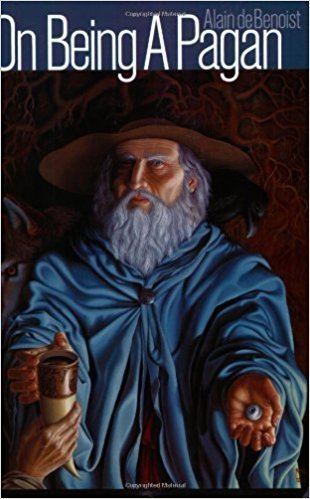8 /10 1 Votes
Translator Jon Graham Language French Publication date 1981 Genre Philosophy Subjects Ethics, Metaphysics | 4/5 Goodreads Country France Publisher Albin Michel Originally published 1981 Page count 240 (Ultra ed.) Published in english 2004 | |||||||||||||||||||||||||||||||||
 | ||||||||||||||||||||||||||||||||||
Original title 'Comment peut-on être païen?' Similar Alain de Benoist books, Other books | ||||||||||||||||||||||||||||||||||
On Being a Pagan, originally published in French under the title Comment peut-on être païen? ("How can one be a pagan"), is a book by the French philosopher Alain de Benoist. Originally published in 1981, it was first published in English in 2004. The book is a detailed and in-depth critique of the metaphysical and ethical concepts of Judeo-Christian tradition that have been influencing the Western culture over the past two thousand years. De Benoist details how many of these religious concepts have, over time, transformed into secular concepts and thinking, which in turn have had a great impact on Western ideologies, philosophies and attitudes. He traces the thinking of both Marx and Freud to their Judeo-Christian origins, and theorizes that racial intolerance, among other things, might have its roots in monotheistic thinking. In On Being a Pagan de Benoist argues for the return to the ideals of European Paganism as a cure for the current malaise of the Western society.
The English edition of the book includes a preface by Stephen Edred Flowers.
Structure of the work
The work consists of 26 chapters.
